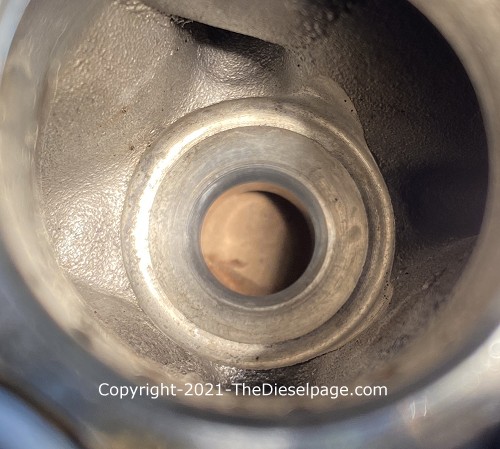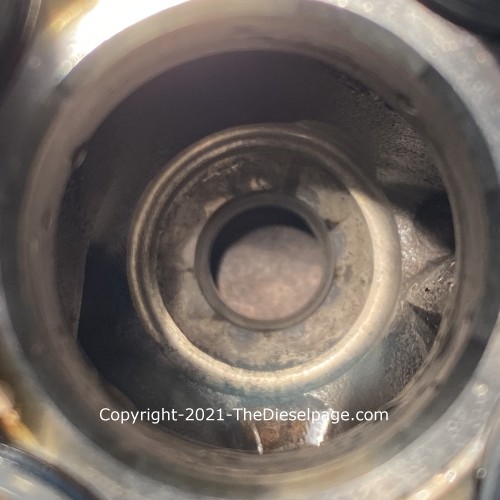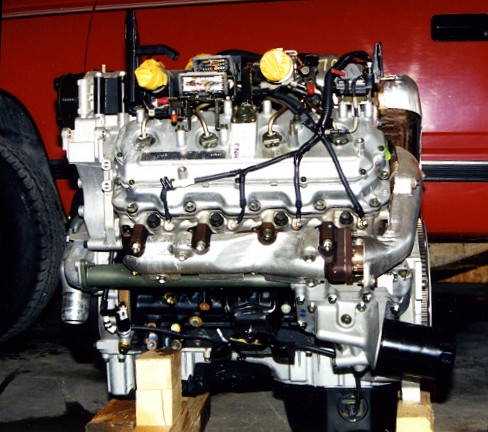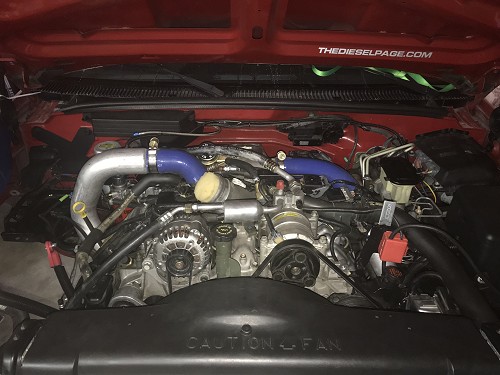

Originally Posted by
More Power

I watched the TTY head bolts installed at the DMAX plant in Morraine, Ohio back in 2001 - they are all installed at the same time by a machine... Took maybe 30 seconds for each bank. I was thinking of that day while fiddling with the angle card setup for each bolt.
I remember that! I was there for the plant tour as well, and I thought that was the coolest machine ever.
Casey
1995 K1500 Tahoe 2 door, 6.5LTD, 4L80E, NP241, 3.42's, 285/75R16 BFG K02's; 1997 506 block; Kennedy OPS harness, gauges, Quick Heat plugs, and TD-Max chip; Dtech FSD on FSD Cooler; vacuum pump deleted, HX35 turbo, Turbo Master, 3.5" Kennedy exhaust, F code intake; dual t/stats, HO water pump, Champion radiator; Racor fuel filter








 Reply With Quote
Reply With Quote










